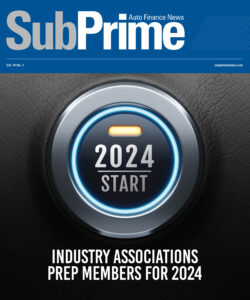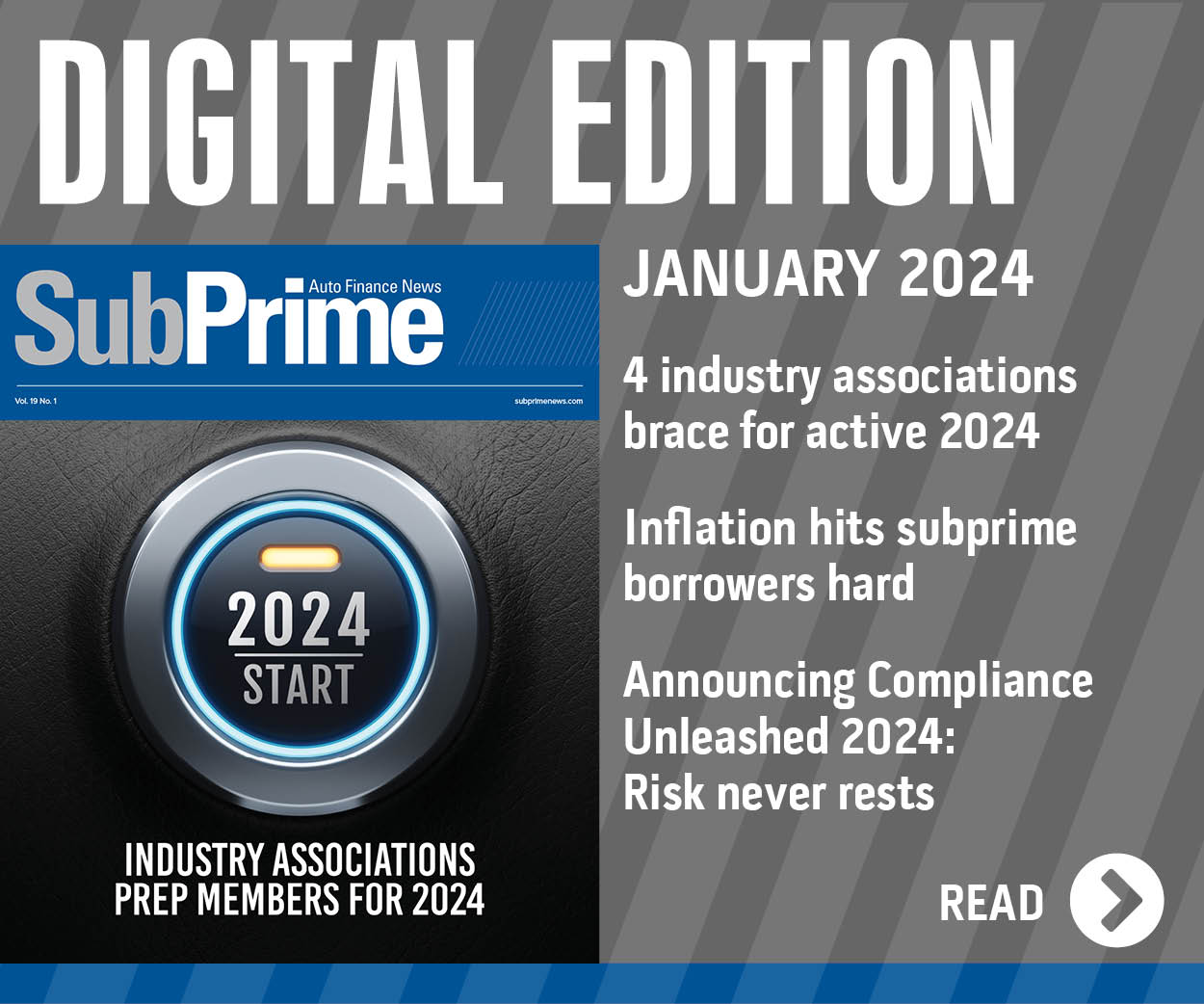Shilson Offers Midyear Report on BHPH Industry
HOUSTON — My certified public accounting firm recently completed an informal survey of several buy-here, pay-here dealer clients nationwide to determine how the first six months of 2006 compare with the same period in 2005. We also recently introduced a News & Views section to our Web site, which offers such information as industry trends, benchmarks, legal updates and more.
Based upon responses from our dealer sample, most dealers indicated that sales revenues were either flat or down slightly from the preceding year. Although our survey is not purported to be a true statistical sampling of the estimated 30,000 BHPH dealer marketplace, it does provide a reasonable indicator of 2006 industry performance.
We also discussed the possible causes for the apparent market decline, and dealers offered the following explanations:
1. Gasoline prices have hovered close to $3 per gallon for most of 2006. These higher fuel prices have reduced the disposable cash flow of their credit impaired customers which has impaired their ability to make large purchases.
2. Higher energy and utility bills have also reduced customer's disposable cash flow. A particularly warm summer throughout the U.S. made utility bills particularly expensive.
3. Immigration reform has left considerable unrest among many BHPH customers. Fears of job loss and possible deportation have made these customers more reluctant to make large purchases. The loss of or reduction in Hispanic customer traffic has been particularly noticeable. Immigrants are an important part of the BHPH customer base.
4. New-car franchised sales have been softer during 2006. This seems to have a corresponding effect on the BHPH market. BHPH customer traffic has apparently been lighter this year compared to last, according to most dealers we talked to.
It is difficult to pinpoint which of the factors above have had the single biggest effect. In addition, consumer prices for virtually all daily living expenses have continued to rise more rapidly than subprime customer income. In my opinion, all of these factors have combined to make the BHPH marketplace more challenging.
Fortunately for the industry, it provides transportation to customers who have limited transportation alternatives. Therefore, it is my belief that these customers will eventually adapt to the factors above and find ways to purchase vehicles which are vital to their employment. Unfortunately, these adjustments take time and therefore, in the short term, softer market conditions may continue.
Although most BHPH operators can withstand short-term fluctuations in sales, collections are a different matter. Collections are the fuel which drives the BHPH engine, particularly during softer sales periods. Most of the dealers I surveyed reported that collections have remained strong even while sales have softened.
It is my belief that dealers with good underwriting and collection procedures always fare better whether in good or bad economic times. In periods like 2006, where customer cash flow is tighter, dealers must compete for every dollar. This really requires that dealers be on "top of their game" in the underwriting and collection areas.
Technology such as starter interrupt and GPS tracking devices facilitate the collection process. These devices discipline customers to make timely payments and enable dealers to recover vehicles quicker when customers don't pay. In addition, collection costs are reduced by improved efficiencies caused by the use of these devices.
In addition to electronic payment devices, techniques for skip-tracing and for locating customers who have defaulted have improved. The Internet and other new technology have increased recoveries for those dealers who use them.
On another positive note, most dealers reported that vehicle acquisition costs (which spiked sharply during the first quarter of 2006) have now declined. Some argue that these costs have really reached a level where they should have been all along! Although the industry no longer sees sharp declines in vehicle cost during the summer months that it did a few years ago, a more moderate leveling of costs seems to have occurred. Vehicle cost reductions will enable dealers to manage portfolio risk more easily in the months ahead while staying competitive in the marketplace.
This occurs because payment terms and the length of customer contracts don't have to be increased to absorb vehicle cost increases.
Unfortunately, some uncertainties are still ahead. Will gas go to $4 per gallon or drop to $2.00? Will utility prices decline? How will immigration laws change? All of these factors could impact BHPH sales during the rest of 2006 and beyond. However, in the past, successful operators have solved these challenges, made the necessary adjustments, and have prospered. Collections should be your focus during these challenging economic times.
As for the News & Views section of the NABD site, it includes:
— Industry trends and benchmarks
— Articles by industry experts, including reprints from various auto publications
— Accounting and tax development updates
— Details of important legal, regulatory and compliance matters
— Best operating practice ideas
— Information on upcoming training events
— Other items of interest and importance
Although access to the new section is free, users must have a password. Dealers should sign-in at the member's area on the site, www.bhphinfo.com/bhphinfo.asp, and NABD will e-mail a password.
We hope to update the site monthly and want to feature dealer profiles of many of the nation's best operators. Although we plan to invite articles from well-known industry experts on the aforementioned topics, the site will feature a dealer's perspective on each subject.
Our hope is that dealers can effectively utilize the content and contribute new information, which will make the industry better. We realize that dealer networking and education makes everyone better, and this online resource facilitates both.

 View The Latest Edition
View The Latest Edition

